Local Culture
- Jordan
- Aug 6, 2018
- 4 min read
While the government tries very hard to promote Singaporean pride, the culture is difficult to define as it's often described as a huge "melting pot" of people and traditions. It's almost as if they have stolen a bit of culture from all of the surrounding countries and their inhabitants. Don't get me wrong, I am a huge fan of what has developed over the past 53 years considering a lot of it has to do with food :)

English, Singlish, Chinese, and wait how many other languages?
One of the reasons I chose to come to Singapore was because "everyone speaks English." For the most part this is true, but incredibly deceiving. Singlish is the most common form of English that is spoken but may as well be another language. It is a very short-hand version of how we speak in America with fewer verbs and identifying pronouns, and honestly it sounds like everyone is talking at the speed of light. There were many times I found myself sitting in meetings at work, retaining approx 10% of what was being said and leaving with a headache. I often had to modify how I spoke, which got easier throughout the summer.
For example, if I wanted to my boss "I have received the quote from the supplier, would you like to go over the details now or later?" I would instead adapt and say "I get quote, discuss now or later?"
Other widely spoken languages are Mandarin, Malay, and Tamil. These represent the other large ethic groups that makeup the country, Chinese, Malaysian, and Indian. Besides these three major languages, as many as 20 others are commonly found throughout the island. Although English is the official language, I found that most exchanges in my workplace were in Mandarin and I often had to have people translate for me. I was not the only one who did not speak Chinese, but I was definitely in the minority. This made work more challenging than I anticipated, as well as making (and keeping) more meaningful relationships with people I met.
Endless amounts of food
If I had to pick one defining quality of Singaporean culture, it would be FOOD. Besides the few signature dishes that Singapore can claim, it is common knowledge that you can access an insane amount of authentic cuisine on pretty much every street corner. Chinese, Japanese, Korean, Indian, Middle Eastern, Indonesian, seriously the list goes on. There a few different regions of the city that encompass a specific culture and cuisine, such as Chinatown, Little India, and Arab St. You can put two and two together at what you will find at each of these cultural hubs. BUT besides those areas, at pretty much every MRT stop you will find a local, outdoor food center. These are known as Hawker Centers. Each center is made up of small individual stalls that specialize in a few dishes of once cuisine. This is perfect for eating in large groups because everyone can something different. It is an added bonus that these are the only places in the city where you will find cheap food, where most meals are around $5 USD. Anthony Bourdain does a great job representing hawker centers and what they mean to Singaporean culture, as most stalls are run as family business. Definitely worth watching the whole episode.
If you don't have time to watch the episode of 'Parts Unknown', here is my quick summary of the few meals that Singaporean's claim as their own.



Holidays
This was one of the parts I thought was really cool about Singapore. They celebrate all religious and cultural holidays because of the diverse population. In my short stay this summer, I was able to witness Ramadan celebrations as well as Vesak Day.
Hari Raya, or Eid al-Fitr, marks the end of Ramadan for the Islamic faith. Muslim's practice one month of fasting during daylight hours in order to appreciate their blessings and practice self control. Because they do not eat during the day, this makes for many celebrations once the sun goes down. The Geyleng Serrai Bazzar opens for the month of Ramadan and is seriously BUSTLING at night. In all seriousness I had to leave because I was so overwhelmed and could barely walk there were so many people. Areas of the market sold just about anything you can think of from fabric, to fake Chinese basketball jerseys, and food - oh my god the food! It was like an American county fair on steroids. Everything was fried and oversized. I was very tempted to buy the 'bucket-o-meatballs' but knew there was no chance I would finish it by myself.
Vesak day is a Buddhist holiday that is basically Buddah's birthday and celebrates his life, enlightenment, and death. One of the aspects that I admire about Buddhism is the sincerity and kindness. Celebrations took place in temples as well as pop up tents around the city. I just so happened to pass by a tent on a Sunday afternoon where I was welcomed with open arms and could tell the people genuinely wanted to share their beliefs with me, but not in a pushy manner whatsoever.

Everyday customs
One of the things that I have not loved about Singapore is the "hush hush" approach to any sort of controversial issue. It's my understanding that this is much more of an Asian cultural norm overall, but it just has not sat well with me. Obviously there has to be a balance between trying to shove your opinions down people's throats (cough cough American's) and saying nothing at all, but here it seems like everyone just accepts what they are told with no questions.
"Saving face" is another custom that I have found pretty common at work and in social settings as well. In other words, Singaporeans avoid humiliation at all costs. In the work place this has honestly lead to unnecessary problems because people are afraid of being direct with one another. For example, a co-worker seemed hesitant about bringing up a working item in a meeting, therefore it did not get confirmed and was left out of the purchasing order. In turn, the item was not able to be processed for another 2 weeks, delaying the whole project. This has made me realize how important it is to be direct with others, especially when it comes to work.





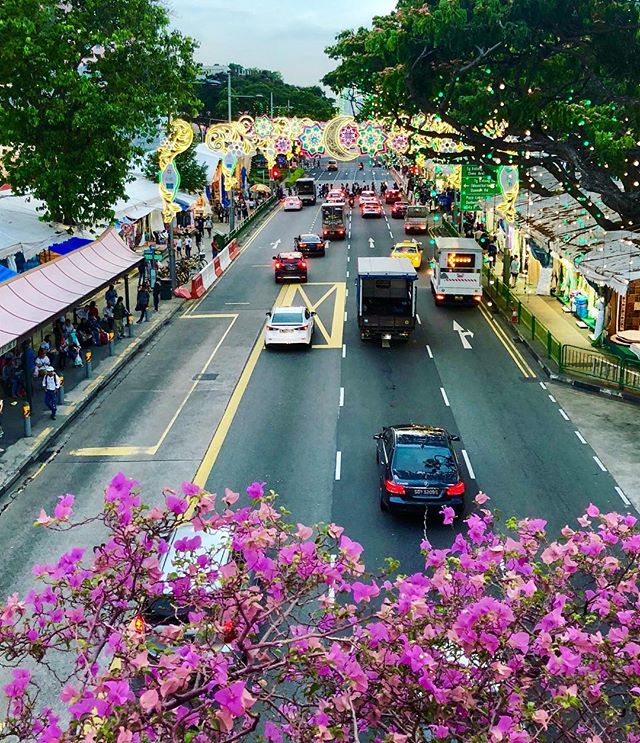

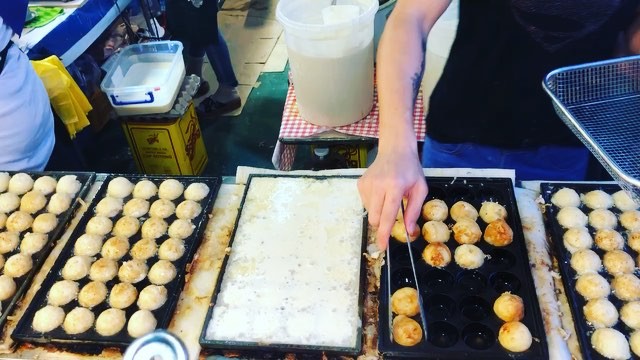

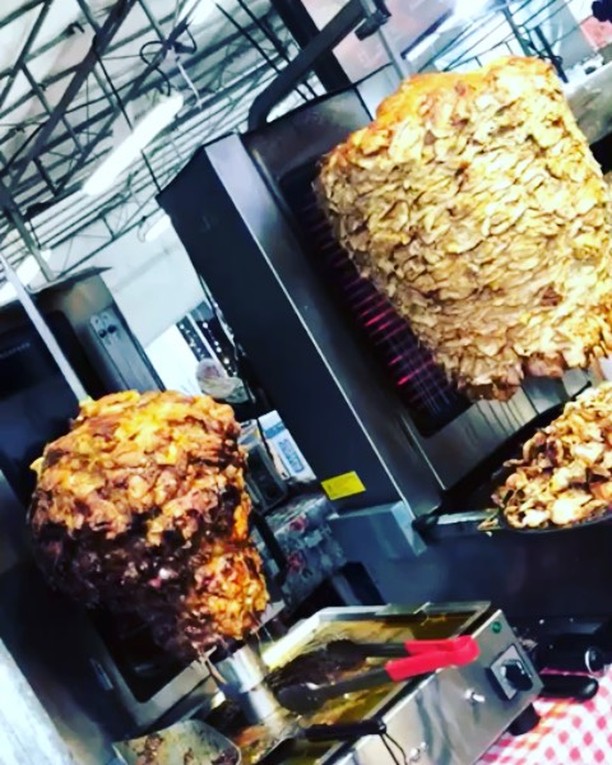

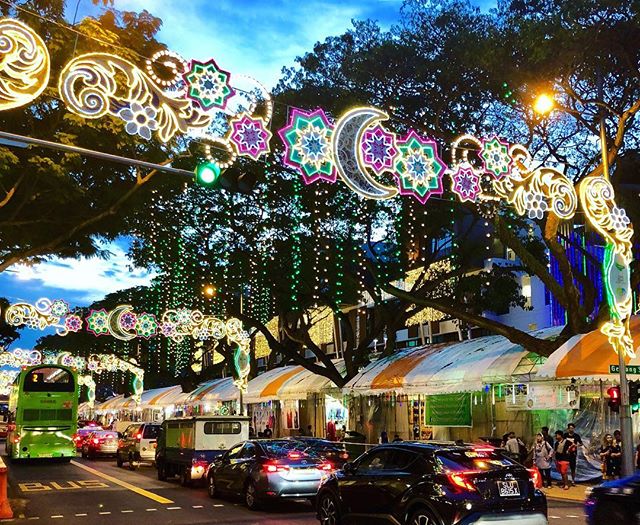

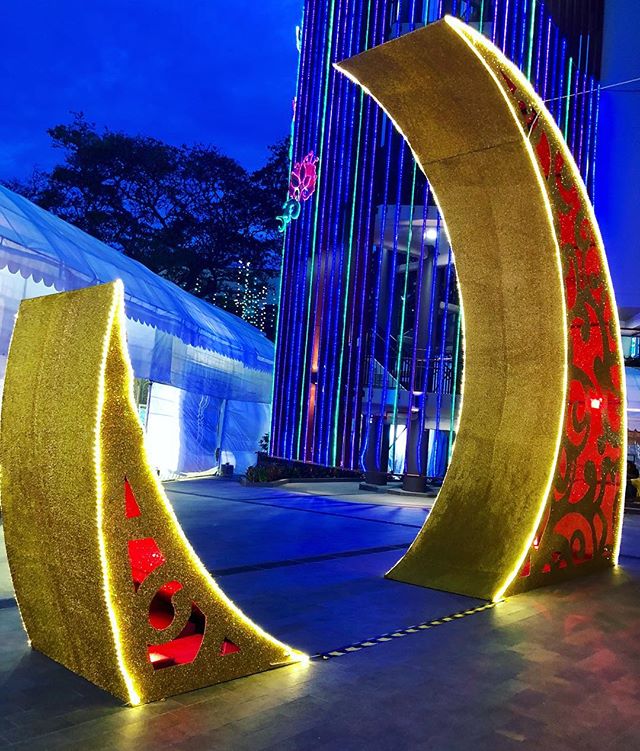





Comments